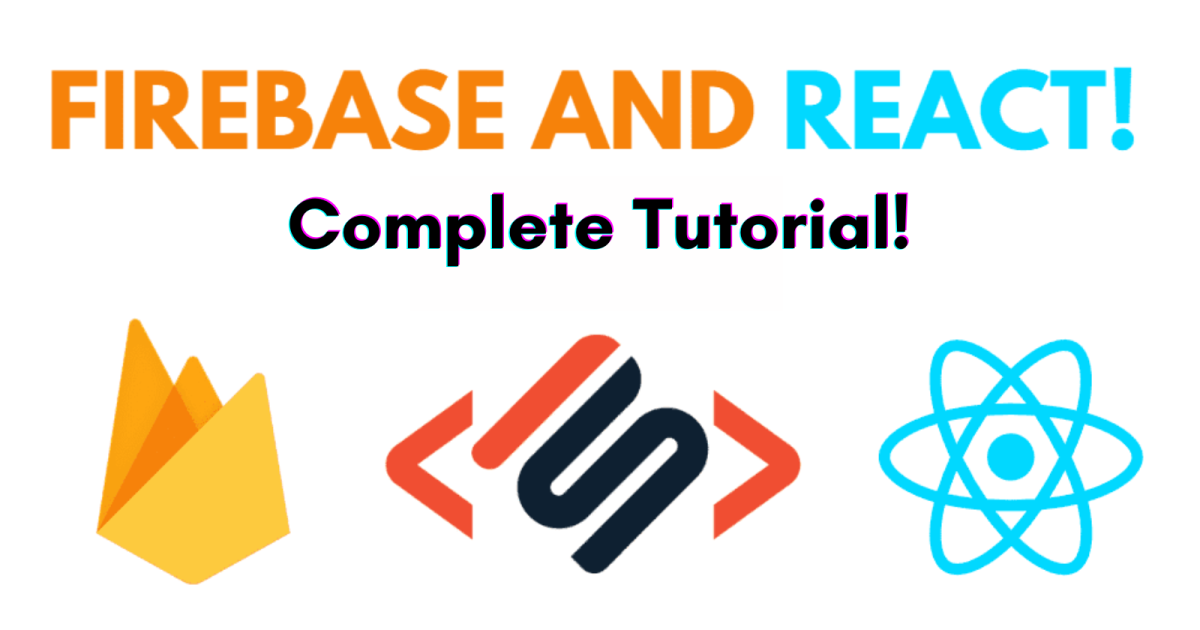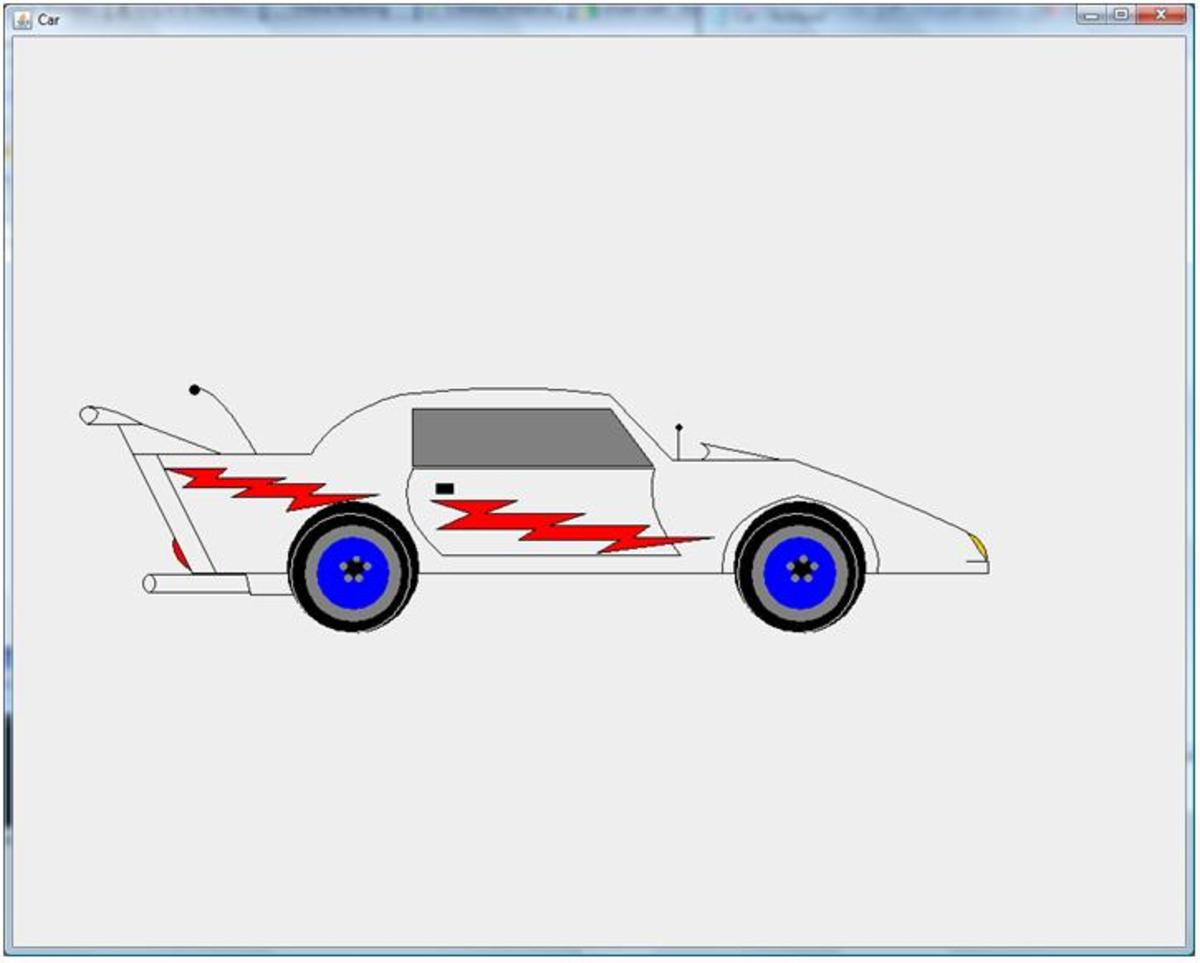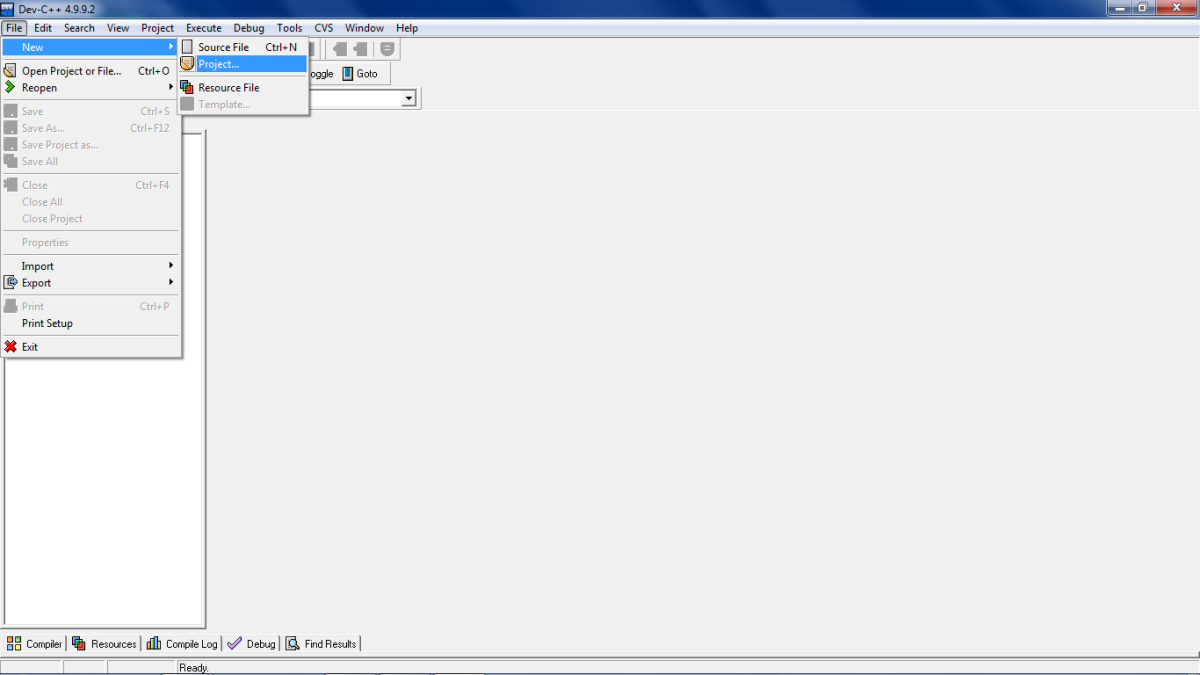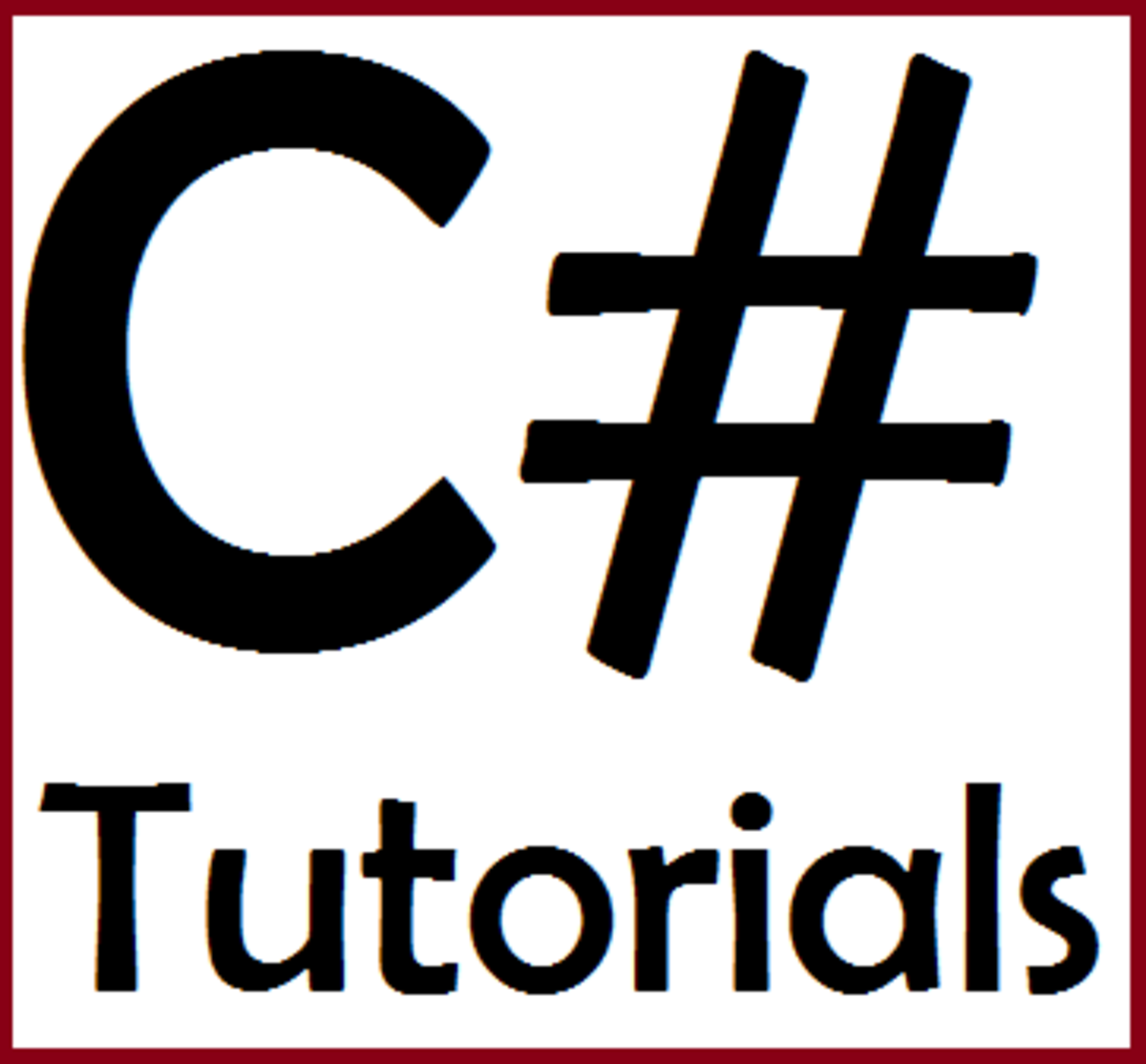- HubPages»
- Technology»
- Computers & Software»
- Computer Science & Programming
Some Methods to Coding Tutorial Learning & Optimization
Hello and Good Day.
Over the years, in my quest to learn and master some programming languages, I have developed some techniques to optimizing my learning experience both from coding tutorials on the internet and from books.
By no means do I consider myself a guru in programming languages as it is neither my profession nor my major.
You should see each tutorial not as a set of steps to achieve a single goal, but as a collection of procedures and techniques to create something.
The biggest thing not to do when it comes to coding tutorials is to copy and paste the code.
You learn nothing and are referred to by a lot of coders on the internet as a copy and paster.
Type the code yourself and really pay close attention to the syntax of the language and how it is implemented. Also pay close attention to how each part of the code follows the algorithm it is designed to perform.
One thing, I definitely have learned, is you can learn the syntax of any programming language if you take the time to study the code.
One of the key things I have learned is to go through each tutorial several times.
The first time you go through the tutorial, really try to follow it as closely as possible. Keep everything the same as in the tutorial itself and really pay attention to the order of the steps that are being taken. In the end, you will be able to see by your end result if you followed the tutorial correctly.
Otherwise, you may be able to pinpoint exactly where you "went wrong."
This is one of the biggest mistakes I have made in the past. If you only go through the tutorial once and get a result it only means one thing, you can following directions.
Now that you have completed a successful run through of the tutorial, do it all over again.
This time, instead of only concentrating on procedure, you should concentrate on what exactly is being done and why.
Then do it again, just to make sure you have gotten a good understanding of the tutorial.
Now, this is my favorite part. I will go through and make tweaks and changes and observe the outcome to see how it affects the code. By the time I am done I end up creating my own custom piece and have learned something from it.
One final thought, I live for the error messages that come up, you can learn from them.
What I mean is when I get an error message when I am coding in PHP, for example:
Undefined constant at line 63
I will take that error message, go to google and do a search. I am not just looking for the solution from the first search resolute that will come up. I go one step further and I will go to at least a minimum of a least ten to fifteen websites that have a solution and read their solution to fix the problem. You will discover that there could be one to two reasons or even more to why this error happened in the first place. Learn the different solutions to fixing the problem that caused the error.
In closing, I am not saying that this is some definitive guide to coding tutorial learning & optimization.
I just hope that this article helps you developed a better way of learning a programming language as it helped me.
Any input or suggestions would be more then welcomed.








